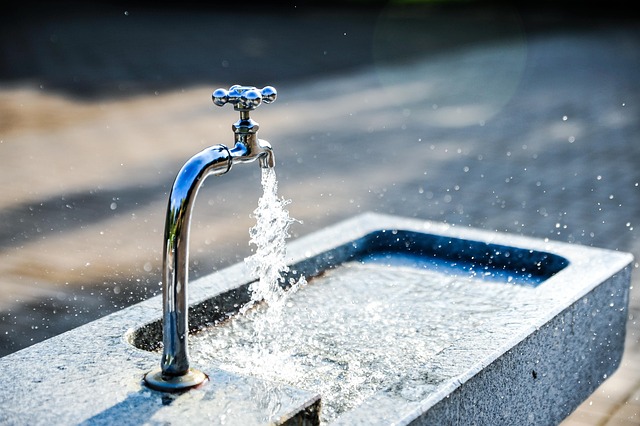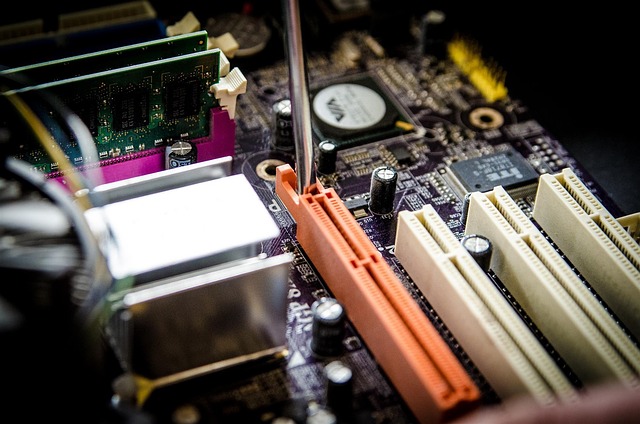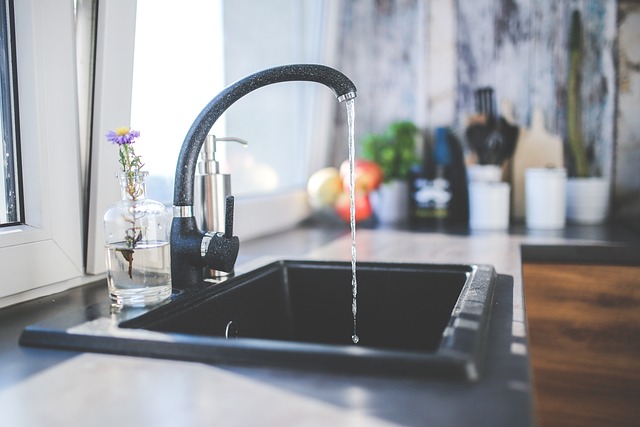This text provides a comprehensive guide to faucet repair, addressing common household leaks stemming from worn components, loose connections, or damaged sealing parts. It emphasizes the importance of identifying the leak source for effective repair. The paragraph highlights key steps, including:
1. Diagnostic Tools: Inspecting handles, base, and connection points for damage, using pliers, wrenches, and thread seal tape.
2. Supply Shutoff: Turning off water valves beneath the sink to isolate the leak.
3. Part Replacement: Replacing worn washers, O-rings, or cartridges, depending on the issue.
4. Regular Maintenance: Periodically tightening parts, replacing worn components, and using sealing compounds to prevent leaks.
5. Professional Help: Seeking a plumber for complex issues requiring expert tools and training.
“Unraveling faucet leaks is a common home maintenance challenge, but understanding the causes and having the right tools can turn a stressful issue into a manageable fix. This comprehensive guide covers everything from identifying different types of leaks to a step-by-step repair process tailored for various faucet designs.
Learn how to tackle common issues, avoid costly mistakes, and even prevent future leaks with practical preventive measures. Whether you’re a DIY enthusiast or seeking professional assistance, this article equips you with knowledge on faucet repair, ensuring your plumbing stays in top shape.”
Understanding Faucet Leaks: Common Causes and Types

Faucet leaks are a common household issue, but understanding their causes and types is crucial for efficient faucet repair. Leaks can occur in various parts of a faucet, including the base, handle, or spout. Common causes range from worn-out O-rings or washer cartridges to loose connections or damaged sealing components. Different leak types include dripping, gushing, or steady streams, each indicating specific issues that require tailored solutions. Identifying the source is key to effective faucet repair, as it helps determine whether a simple replacement of parts or more intricate plumbing work is needed.
Identifying the Source of a Leaking Faucet

Leaking faucets can be frustrating and waste a significant amount of water. Identifying the source of the leak is the first step in efficient faucet repair. Start by checking the areas most prone to leaks—the handles, the base, and the connection points between the faucet components. Look for any visible signs like damaged seals, worn-out O-rings, or loose connections. These issues are often the culprit behind slow drips or steady streams of water seeping out.
Use a little detective work to pinpoint exactly where the leak is coming from. Turn off the water supply valves beneath the sink to stop any immediate flow and make observing the faucet easier. Pay close attention to different parts of the faucet, testing each for leaks separately. This methodical approach will help you quickly diagnose the problem and get ready for effective faucet repair.
Tools and Materials Needed for Repair

When tackling a faucet leak repair, having the right tools and materials is essential for success. For most standard faucet issues, you’ll require a few basic items from your home improvement store. These include pliers, adjustable wrenches, and a new washer or O-ring kit, which often come pre-packaged with replacement parts specific to your faucet model. You might also need thread seal tape (often referred to as plumber’s tape) for securing connections and preventing leaks at the joints.
For more complex repairs, especially involving older faucets or unique designs, specialized tools like a faucet remover tool or even a new faucet handle assembly could be necessary. Always check your faucet’s specific requirements before beginning the repair process. A well-stocked toolbox with these essential items will prepare you to effectively diagnose and fix common faucet leaks efficiently.
Step-by-Step Guide to Fixing a Leaky Faucet

Fixing a leaky faucet is an easy DIY project that can save you money on your water bills and reduce waste. Here’s a step-by-step guide to help you get started with faucet repair:
1. Turn Off the Water Supply: Before beginning any repairs, it’s crucial to shut off the water to prevent leaks during the process. Locate the shutoff valves under the sink and turn them clockwise to stop the water flow. For some faucets, there might be an additional valve behind the faucet or under the sink.
2. Gather Necessary Tools: You’ll need a few basic tools for this task: adjustable wrench, pliers, replacement washer or O-ring (check your faucet model), and penetrating oil (for stubborn rusted parts). Gather these before you start to ensure a smooth repair process.
3. Remove the Faucet Handle: Use a wrench or pliers to unscrew the faucet handle from the base of the faucet. Take note of how it’s removed, as different faucets may have unique configurations.
4. Locate and Remove the Washer/O-Ring: With the handle off, you’ll see the cartridge or valve assembly. Locate the washer or O-ring—it’s usually a small, thin component—and remove it carefully. This is often the source of leaks.
5. Clean and Inspect: Use penetrating oil to dislodge any rust buildup on the parts. Clean the cartridge thoroughly before replacing the washer/O-ring. Ensure there are no debris or damage that could cause further issues.
6. Replace the Washer/O-Ring: Install the new washer or O-ring, ensuring it’s properly seated. Double-check for any signs of misalignment.
7. Reassemble the Faucet: Put the handle back in place and tighten the screws securely. Turn on the water supply valves and test the faucet to ensure it’s leak-free.
Handling Different Faucet Designs and Configurations

When it comes to faucet repair, one of the key challenges is navigating different designs and configurations. Modern faucets often feature intricate mechanisms, including cartridges, aerators, and various valve types. Understanding these components is crucial for effective leak detection and repair. For instance, some faucets have single-handle cartridges, while others may have complex multi-piece structures.
Handy homeowners can identify these parts by consulting the faucet’s manual or researching online. Different configurations require specific tools and techniques for repair. Whether it’s a simple washer replacement or a more involved disassembly, having the right knowledge ensures successful faucet repair without causing further damage.
Preventive Measures to Avoid Future Faucet Leaks

To prevent future faucet leaks, regular maintenance is key. Start by inspecting your faucets periodically for any signs of damage or wear. Tighten loose parts and replace worn-out washers or O-rings, which are common sources of leaks. Using the right tools can make these repairs simple and cost-effective, eliminating the need for costly faucet repair services.
Additionally, consider using waterproof sealing compounds on the faucet’s threads to create a secure seal. This step is especially important in areas prone to temperature fluctuations or high water pressure, as these conditions can cause leaks over time. Regular maintenance not only saves you from unexpected faucet repairs but also ensures your plumbing system remains efficient and free from wasteful drips.
Common Mistakes to Avoid During Repair

When attempting a faucet repair, it’s essential to steer clear of some common pitfalls that can exacerbate the issue or lead to further damage. One of the most frequent mistakes is ignoring the source of the leak. Many homeowners jump straight into fixing the visible parts, like the handle or spout, without tracing the water flow back to its origin. This haphazard approach can leave you with a repaired faucet that still drips.
Another blunder is using the wrong tools or not having the necessary ones. A faulty faucet repair often requires specific tools tailored to the fixture’s make and model, such as adjustable wrenches, pliers, or specialized faucet repair kits. Attempting the fix without the right tools increases the likelihood of damage to the faucet or even your hands. Always check your tool box and gather the appropriate equipment before starting.
When to Call in a Professional Plumber

If a simple fix isn’t resolving your faucet leak, it may be time to call in a professional plumber. While minor leaks can often be repaired by homeowners using basic tools and some know-how, more complex issues require expert attention. A professional plumber has the specialized tools and training needed to diagnose the root cause of the leak, whether it’s worn-out seals, damaged valves, or other internal parts needing replacement.
Moreover, if your faucet is ancient or made from materials that are no longer commonly used, a plumber with experience in modern fixtures will be better equipped to handle the repair. They can also ensure that any repairs are done correctly and efficiently, preventing further damage or costly complications down the line, ultimately saving you time and money in the long run.
